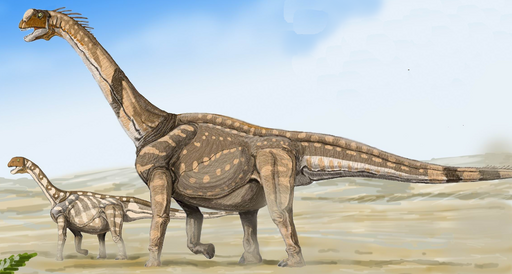The Chambered Lizard
Camarasaurus was a large, long-necked dinosaur that lived during the Late Jurassic period, about 155 to 145 million years ago.

| Meaning | Chambered lizard [Camara-saurus] |
| Pronunciation | KAM-ah-rah-sore-us |
| When: | Late Jurassic (about 155–145 million years ago) |
| Where: | North America (USA, Utah, Colorado, Wyoming, New Mexico) |
| What: | Sauropod (herbivorous) |
| Weight: | Estimated around 20–47 metric tons |
| Length: | Approximately 18 meters (59 feet) |
| Diet: | Herbivorous (ate high vegetation like conifers) |
| Discovered: | First described by Edward Drinker Cope in 1877 |
Its name means “chambered lizard,” referring to the hollow chambers in its vertebrae, which helped reduce the weight of its massive body.
Camarasaurus was one of the most common and well-known sauropods, a group of large, herbivorous dinosaurs with long necks and tails.
Camarasaurus could grow up to 18 meters (59 feet) in length and weigh as much as 20 tons. It had a sturdy body supported by four thick, pillar-like legs.
Unlike some other sauropods, Camarasaurus had a relatively short and robust neck, making it well-suited for browsing on vegetation at mid-level heights.
Its head was boxy, with large, spoon-shaped teeth that were ideal for stripping leaves and branches from trees and plants.
One of the most distinctive features of Camarasaurus was its vertebrae, which contained hollow chambers filled with air. These air sacs, connected to the dinosaur’s respiratory system, helped lighten its skeleton without compromising strength, allowing Camarasaurus to support its enormous size more efficiently.
Fossils of Camarasaurus have been primarily found in North America, especially in the Morrison Formation, a famous fossil-rich area.
